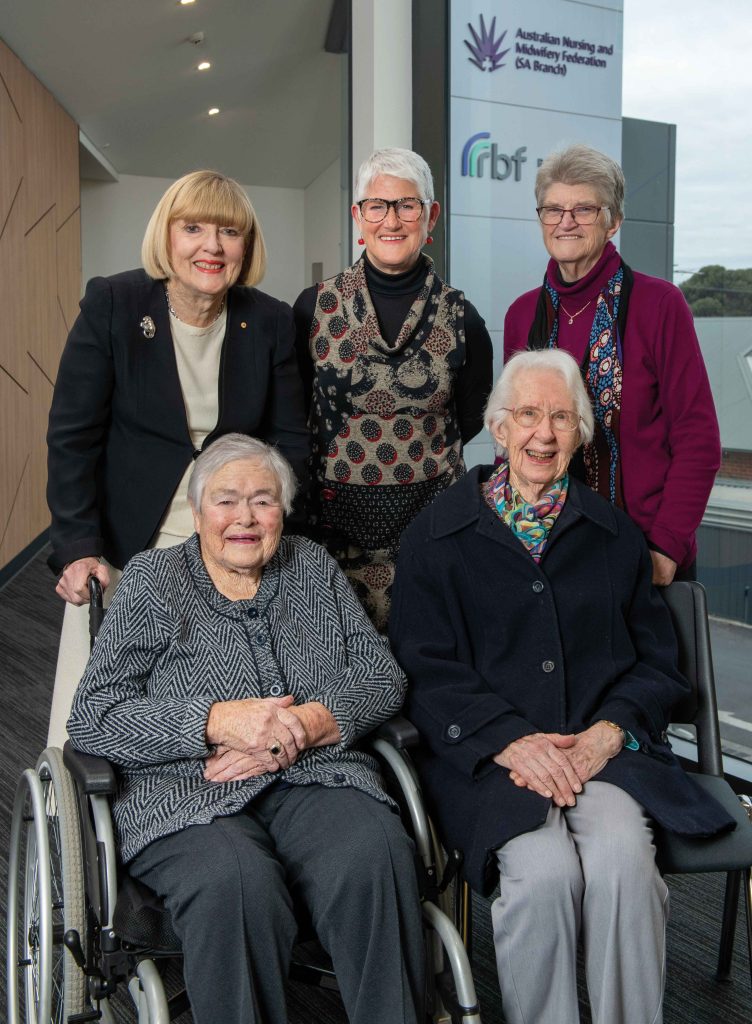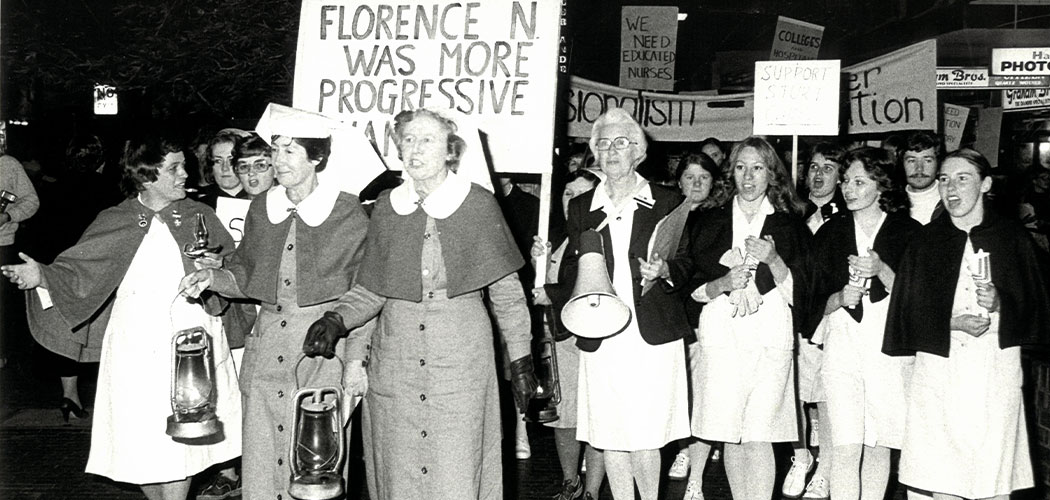The transfer of nursing education to the higher education system was one of the most significant milestones in the history of nursing in Australia.
Australian Nursing Federation (ANF), now the Australian Nursing and Midwifery Federation (ANMF), has played a pivotal role in the evolution of nursing and midwifery education in Australia. Its involvement spans decades of advocacy, policy development, and active engagement with governments and educational institutions to ensure that nurses and midwives receive the best possible education to meet the demands of an evolving healthcare system.
From its early days, the ANF was involved in advocating for the professionalisation of nursing and midwifery. As healthcare began to modernise in the early 20th century, the ANF recognised the need for standardised and formalised education. It lobbied for the establishment of training programs that would equip nurses with the skills and knowledge necessary to provide safe and effective care.
One of the ANF’s most significant contributions to nursing education came during the 1970s and 1980s when it strongly advocated for the transfer of nursing education from hospital-based training to university programs.
The union recognised that the increasing complexity of healthcare required nurses to be more broadly educated, with a deeper understanding of theory, research, and leadership. The ANF was a vocal supporter of the recommendations of the 1978 Sax Report, which called for nursing to move into the tertiary education sector.
The ANF’s leadership pressure on policymakers helped facilitate the move toward university-based education, culminating in the establishment of Diploma followed by Bachelor of Nursing programs and master’s degrees. This shift fundamentally transformed nursing education in Australia, elevating it to a university standard and aligning it with other health professions. The transition also ensured that nurses had greater career development opportunities and more pathways into specialised roles.

The transfer to the university sector was a staged process with different states and territories moving at different times. The entire transfer was not completed until the end of 1993.
Mary Patten the ANF Secretary, at the time of the transition reported to the Australian Nursing Journal that it was absolutely the right thing to do. “I have no doubt about that. It was a very difficult battle because there were so many people against it.”
The ANF also played a key role in the evolution of midwifery education. Recognising the distinct but complementary nature of nursing and midwifery, the ANF pushed for midwifery education programs that acknowledged the unique skills and knowledge midwives require. The federation worked closely with midwifery groups to ensure that education pathways were tailored to the needs of midwives while also advocating for midwifery to be recognised as a stand-alone profession within the broader health system.
With the establishment of the National Registration and Accreditation Scheme (NRAS) in 2010, the ANF continued its active involvement in shaping nursing and midwifery education. The federation supported the move towards national registration, which standardised educational requirements and ensured consistent accreditation processes across the country. This was crucial in raising the overall standard of nursing and midwifery education, ensuring that all graduates, regardless of their state or territory, met the same high standards for practice.
Above image: Nursing & Midwifery visionaries who were instrumental in the drive to transfer hospital training to the higher education sector. Back row: Dr Rosemary Bryant AO, Carol Gaston AM, Christine Cornwell. Front row: Pamela J Spry AM, Dr Joan Durdin.









